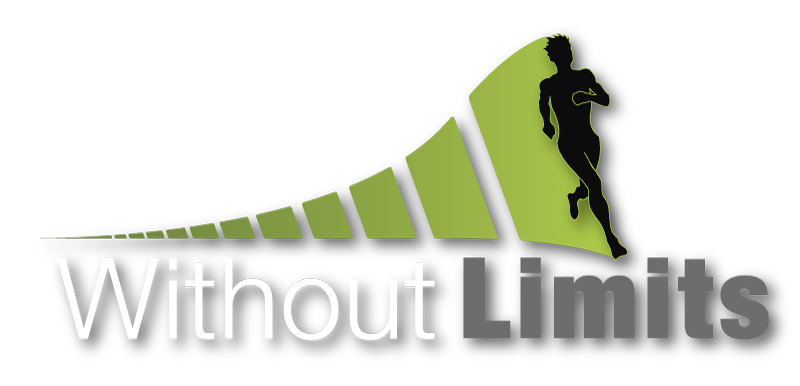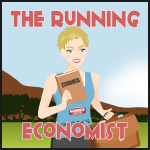 |
| Flag of Papua New Guinea |
Our first paper, Women's Asset Ownership and Children's Nutritional Status: Evidence from Papua New Guinea, was recently presented at the 2017 Biennial International Health Economic Association (iHEA) Meeting (Boston, MA) and submitted to a journal for publication. We are also hopeful for a presentation at the 2018 American Economic Association Annual Meeting. You can see the iHEA presentation slides here and the draft of our paper here. The abstract is here:
This study uses household survey data from 2009-2010 to examine how women’s asset ownership is associated with children’s nutritional status in Papua New Guinea, a country with some of the most severe child malnutrition in the world. Women’s sole ownership of assets is expected to strengthen their bargaining power within the home, which increases investments in children’s health. Results from ordinary least squares regressions point to beneficial effects of maternal asset ownership for children’s height-for-age, weight-for-height, and weight-for-age Z-scores, even after controlling for household characteristics. Additional results from detailed quantile regressions indicate that these effects occur primarily at the median, although in some cases the strongest impacts occur at the lowest portions of the distribution.
The primary issue addressed in the paper is the impact of mother's asset ownership on the health of her children in Papua New Guinea. The HIES data offers the opportunity to examine this issue at the individual level. Six assets are identified, along with individual ownership status, in the survey: livestock, poultry, fishing equipment, agricultural equipment, furniture, and housing. A factor analysis grouped these into what we termed assets related to 1) food production and 2) shelter.
The WHO definitions of wasting, stunting, and underweight are used to quantify child health. Surveyors took these measurements in each home for children under the age of 5.
We employed OLS and quantile regression to estimate the impact of mother's asset ownership on child health, using the z-scores for each child health metric. OLS estimates capture the "action" at the mean and the quantile estimates capture the "action" across the distribution. We used the 0.05, 0.10, 0.50, 0.90, and 0.95 quantiles. Assets entered our regressions in various, separate ways, including several indexes we devised to reduce multicollinearity.
The results suggest that mother's asset ownership matters, in a positive way, to her children's health particularly at the middle of the distribution.
Conference participants and colleagues who read our paper offered a few comments which we will likely follow up with in a future paper. Those comments included:
1) What is the impact of the father on child health? (NOTE: Father's education was not significant.)
2) Does the father's view of female autonomy matter?
If you are interested in more details about the paper or the results, please read it using the link above.
We would appreciate your input,































0 comments:
Post a Comment